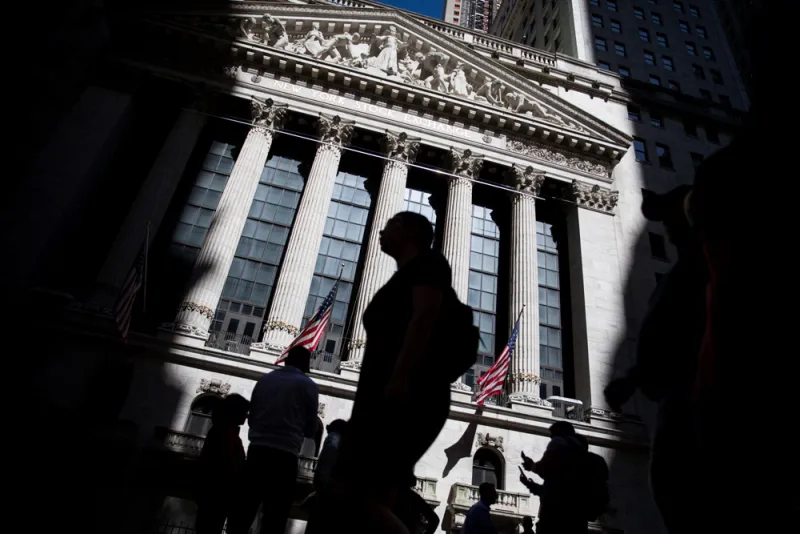To outperform over the long term, a mutual fund first has to last that long.
Dimensional Fund Advisors found that only 42 percent of equity mutual funds launched before 1999 were still standing 20 years later. Only 23 percent survived and managed to beat their benchmarks over the 20-year period.
Fixed income funds did even worse: Only 41 percent of fixed-income funds survived the 20 years ending December 31, 2018, while just 8 percent survived and beat their benchmarks.
The Dimensional research, which will be broadly released next week, studied 4,576 U.S. based mutual funds with over $8 trillion in assets. The study marks the first time that Dimensional researched the outperformance of active funds over 20 years; previous studies looked at 10- and 15-year periods.
“It’s important to see how managers delivered results over the long term in live markets versus only looking at back tests,” said Marlena Lee, co-head of research at Dimensional, in an interview.
For the study, Dimensional looked at mutual fund performance after fees and compared it to the benchmarks that the funds’ managers defined in their own legal materials describing the products. Dimensional did not include index funds in its mutual fund universe, but it did include factor-based and other smart beta funds, which take advantage of persistent market characteristics. Dimensional, a $576 billion active manager, oversees smart beta funds.
“We’re trying to get people to think more deeply and beyond a manager’s track record, including the process to deliver the record, whether it is repeatable, and whether it make sense,” said Lee, who oversaw the study.
[II Deep Dive: The Momentum Factor Is Real. Too Bad It Doesn't Work.]
The study found that a low percentage of outperforming funds continue to outperform in subsequent periods, a measure called persistence. For example, only 25 percent of the equity funds that ranked in the top quartile of performance in their category from 2009 to 2013 stayed in the top quartile over the following five-year period, from 2014 to 2018.
For all the five-year periods between 2004 and 2018, persistence was demonstrated by an average of 21 percent of equity funds and 28 percent of fixed-income funds, according to Dimensional.
“Some fund managers might be better than others, but track records alone may not provide enough insight to identify management skill,” the report stated. “Stock and bond returns contain a lot of noise, and impressive track records may result from good luck.”
In addition to studying performance, the fund manager also evaluated the effect of costs. High costs, such as the direct costs of management fees and the indirect costs of high turnover, create a hurdle to delivering high net returns to investors — one that few managers overcome.
According to the study, the odds of outperformance were highest for the funds with the lowest expense ratios. Thirty-seven percent of equity funds with expense ratios in the lowest quartile both survived and beat their benchmark over the 20 years through the end of 2018, according to Dimensional. Only 11 percent of the highest-costing equity funds both survived and beat their benchmarks over the same period.
Meanwhile, 12 percent of low-cost fixed-income funds survived and outperformed. Only 3 percent of fixed-income funds with top-quartile expenses did the same.
“High fees can contribute to underperformance because the higher a fund’s costs, the higher its return must be to outperform its benchmark,” the report stated.
Dimensional also used the portfolio turnover of equity funds as a proxy for their trading costs, another expense which can create an obstacle to outperformance.
As with fees, low turnover resulted in higher chances of survival and outperformance, while high turnover resulted in the lowest rates of success.







